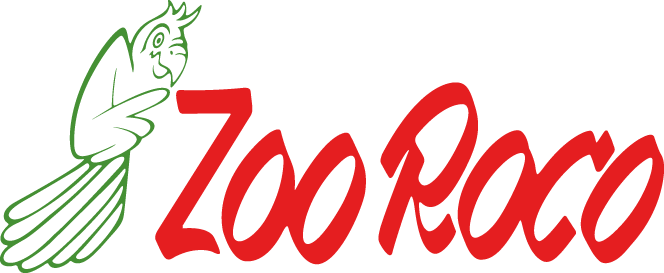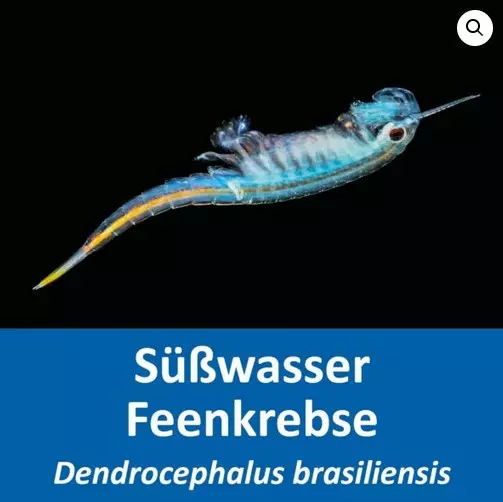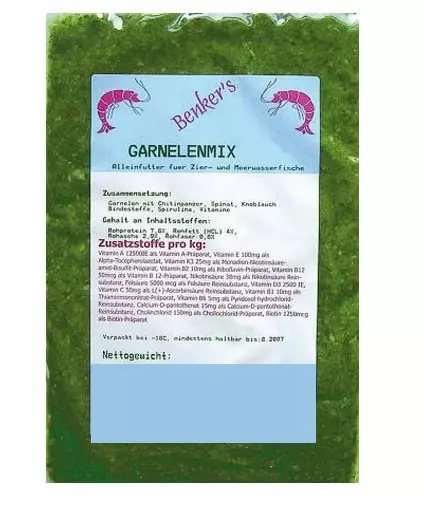







CHF 16.90
Stock: 2
Available, delivery time: 1-3 days

StreamBiz Artemia nauplii, liquid 100ml
Artemia nauplii and decapsulated cysts in a purely plant-based nutrientsolution with vitamins.
This nature food solution consists of freshly hatched Artemia without egg capsules in a purely plant-based nutrient solution. The Artemia solution is mainly used for newly hatched fish, as the nutrient content is particularly high. The ideal food for small fish that feed exclusively on live food.
The ideal replacement for live and frozen food.
- Enriched with vitamins and trace elements
- without preservatives
- Suitable for saltwater aquariums
- Content: 100ml
1 of 1 reviews
3 out of 5 stars
Login
30 October 2020 17:20
Wasser wird Trübe
Wasser wird Trübe
Zubehör
Customers also bought
Similar products
Customers also viewed




















